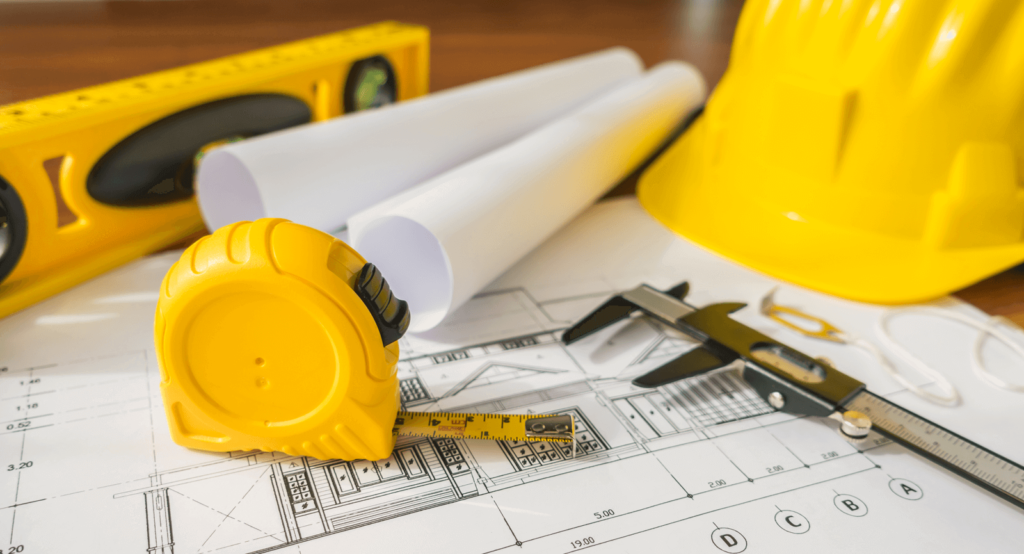Rework is a word no one wants to hear on a construction project. It typically means some portion of work has to be redone to fix a problem, often with adverse schedule and cost impacts. According to research published by the Construction Industry Institute (CII) in 2011, rework costs can range from 2 to 20 percent of a typical project’s contract value. While this research is more than a decade old, many of the same principles still apply today, and construction firms continue to search for ways to reduce rework. Here are five common causes and some possible remedies to avoid them.
Planning and Scheduling Problems
Schedule issues can lead to numerous problems on projects, one of which is rework. The CII research estimated that approximately 25 percent of all rework is related to scheduling issues. As projects fall behind schedule, hastily performed work may result in nonconforming work and other quality issues, ultimately dragging projects even further behind schedule.
Sequencing and coordination problems can also lead to rework. Work performed out of sequence may prevent subsequent work from being completed properly, leading to removal and reconstruction of previously installed items. Inadequate coordination of multiple crews or subcontractors is often at the root of out-of-sequence work.
Weather contributes to scheduling and quality problems, as work is impacted by precipitation, wind, temperature fluctuations and other factors. While improved weather forecasting technology has helped contractors better plan for weather events, the scenario of weather-related rework is still fairly common, along with the domino effect of weather-impacted schedules followed by hastily performed work—a vicious cycle if not managed properly.
Design Issues
Design-related rework issues include errors and omissions in design plans, as well as agreed-upon design changes. Errors and omissions are often beyond the control of construction contractors, but sometimes contractors can help identify these issues during bidding and plan review stages. When designers and constructors are teamed up front, as in design-build contracts, constructors often have more opportunities to identify design issues before construction begins.
Agreed-upon changes unrelated to design errors may be initiated by the owner, designer or contractor. They may occur due to scope changes or new information obtained after construction has started. Regardless of who initiates design changes and the reason for the change, design changes can lead to rework—particularly if changes are made after construction has progressed.




